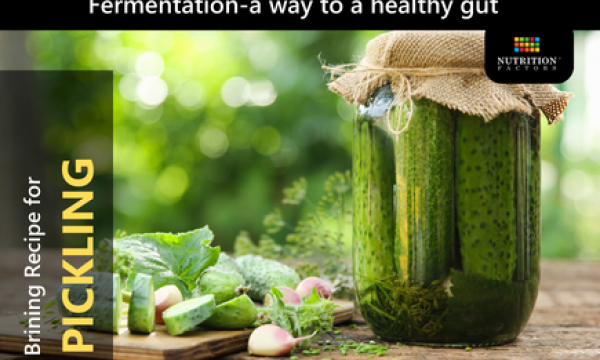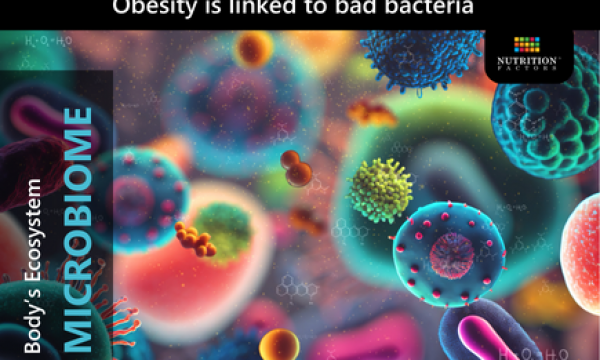The art of crafting irresistible, addictive foods has become a pervasive reality. Behind the scenes, laboratories are buzzing with research dedicated to manipulating flavors, textures, and compositions to create hyperpalatable foods that captivate our taste buds and keep us coming back for more. Let’s explore how a strategic blend of salt, sugar, fat, and other additives transforms our taste buds and health.
The Perfect Trio: Salt, Sugar, and Fat
Salt
Salt is a master flavor enhancer that not only adds its distinctive taste but also amplifies the overall flavor profile of a dish. Beyond that, it can suppress bitterness and enhance sweetness, creating a harmonious flavor balance that our taste receptors find irresistible.
Sugar
Sugar, with its innate sweetness, triggers the release of feel-good neurotransmitters like dopamine in our brains. This natural reward system reinforces our desire for sugary treats, creating a cycle of craving and consumption.
Fat
Fat contributes to the mouthfeel and texture of foods, making them more satisfying. Combining fat with salt and sugar creates a trifecta of sensory pleasure that tantalizes our taste buds and leaves us longing for more.
The Additive Symphony
Flavor Enhancers
Artificial flavor enhancers are meticulously designed to stimulate our taste receptors, intensifying the taste experience. These additives work in synergy with salt, sugar, and fat to create a flavor symphony that is hard to resist.
Texturizers and Mouthfeel Modifiers:
The science of food manipulation continues beyond taste. Texture plays a pivotal role, and additives such as emulsifiers, thickeners, and texturizers are employed to create a desirable mouthfeel that enhances the overall eating experience.
The Neurochemistry of Cravings:
Dopamine Release:
The combination of salt, sugar, and fat triggers dopamine release in the brain’s reward center, creating a pleasurable sensation. Over time, the brain associates these hyper-palatable foods with pleasure, reinforcing the drive to seek them out.
Craving and Overconsumption:
Deliberately manipulating food components exploits our natural cravings and can lead to overconsumption. Hyperpalatable foods can override standard satiety signals, encouraging us to eat more than necessary.
The Consequences of Food Engineering:
Health Implications:
Consuming hyper-palatable foods regularly can contribute to overeating, weight gain, and a range of health issues, including obesity, heart disease, cancer, and related metabolic conditions. In other words, the trio can become a dead man’s diet.
Behavioral Patterns:
The engineered addictiveness of certain foods can contribute to unhealthy eating patterns, reinforcing cravings and potentially leading to a cycle of dependence on highly processed and unhealthy options.
If you are interested in nutrition, please download our app from the app store or visit nutritionfactors.com




